The Supreme Path of Mind Training
Lojong, meaning ‘mind training’ or ‘mind transformation’, centers on teachings that foster bodhichitta, or great compassion. ‘Lo’ denotes the mind, particularly its untamed, wandering aspect. ‘Jong’ refers to the use of potent remedies or antidotes to transform this wild mind. Utilizing a combination of skillful means and wisdom, these practices aim to dismantle self-centeredness. According to the Buddhist teachings, clinging to the self arises from erroneous beliefs about the self and leads to all suffering. Through wisdom practices like meditative analysis, one can achieve an understanding of selflessness. At the same time, the use of skillful means cultivates profound compassion. One engages in practices that involve seeing oneself and others as equal, exchanging one’s own well-being for that of others, and placing others’ needs above one’s own.
The introduction of lojong teachings to Tibet is credited to Arya Atisha (982– 1055). Atisha was a distinguished Indian scholar and the abbot of Vikramashila University. His central role in bringing the Dharma from India to Tibet is unparalleled. Known to Tibetans as “Lord” (Jowo Jé), Atisha authored important texts, including the Lamp for the Path to Enlightenment. In 1042, responding to an invitation from Tibetan king Yeshe Öd, Atisha embarked on a mission to Tibet. He dedicated his life to the teaching and translation of Buddhist texts, thus revitalizing Buddhism in Tibet. His work led to the founding of the Kadampa School by his disciples. Among his eminent Tibetan disciples were “Khu”, Khutön Tsöndru Yungdrang, “Ngok”, Ngok Lekpé Sherap, and “Drom”, Dromtön Gyalwé Jungné. They were revered as embodiments of Avalokiteshvara, Mañjushri, and Vajrapani, respectively. These disciples posed a question to Atisha, which led to the formulation of the lojong teachings’ twenty-one core principles, a dialogue that constitutes the first text in this booklet.
Geshe Chekawa Yeshe Dorje (1101–1175), demonstrated from an early age a natural inclination towards empathy and joy in taking on others’ sufferings, indicating his profound capacity for Mahayana Buddhism. Deeply influenced by Arya Atisha’s lojong teachings, he dedicated himself to study and meditation, overcoming self-centeredness and developing genuine bodhichitta. He identified seven crucial aspects of the lojong tradition that were key to his deep transformation. His compilation, named the Seven Points of Mind Training, is the second text featured in this booklet.

